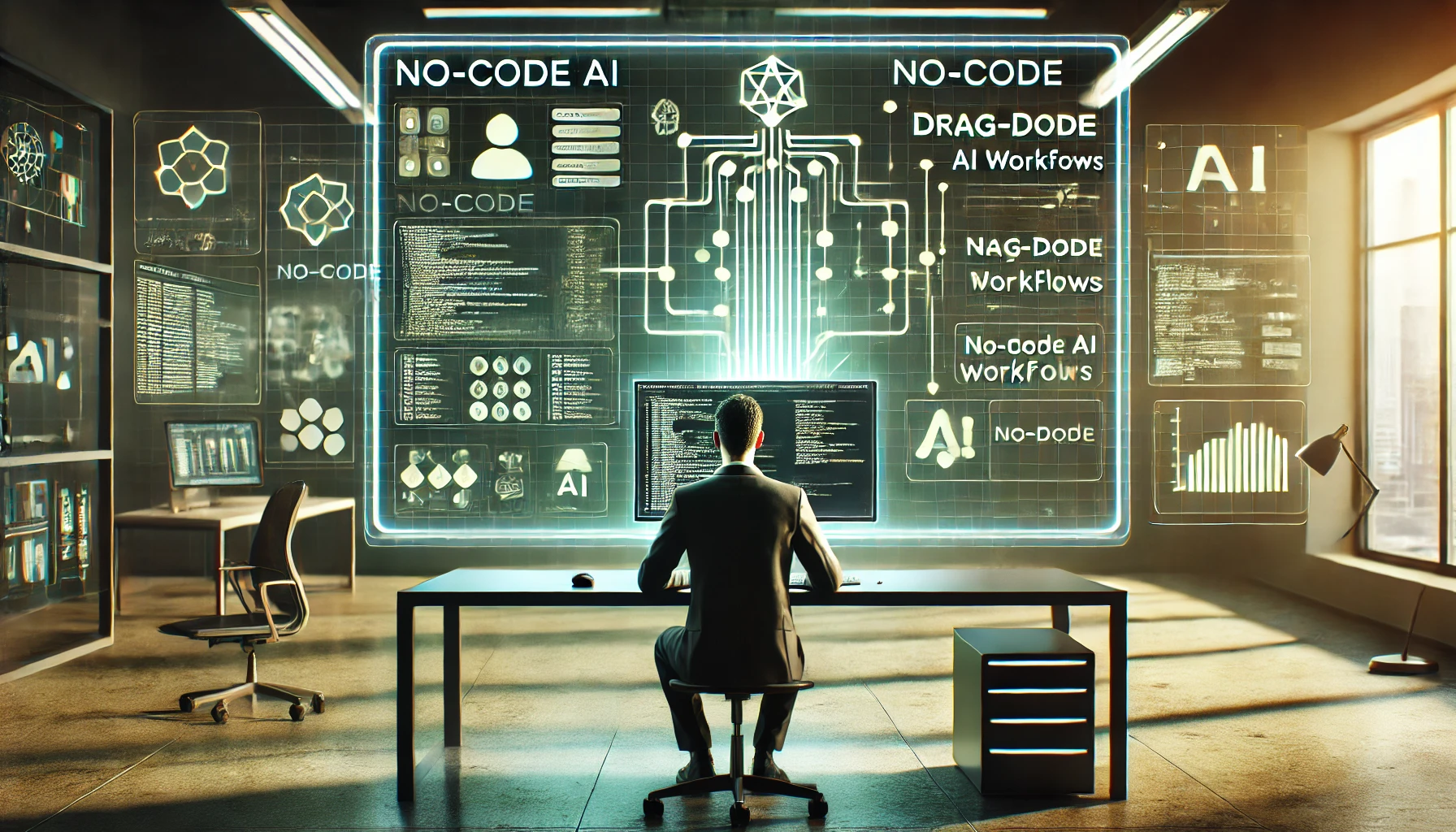Dr. Shokoofeh Ketabchi BSc MSc, ing. Benno Pieters DMS MBA, ChatGPT 4.0 and Stable Diffusion
Click here for the AI Act draught text.
The rapid advancement of Artificial Intelligence (AI) and General Artificial Intelligence (AGI) technology has opened an array of opportunities and challenges. Recognizing the potential impact on society, the proposed Artificial Intelligence Act (AIA) aims to regulate this frontier. In this blog post, we take a closer look at the key aspects of this act and what it means for individuals, businesses, and society as a whole.
Safeguarding Access to AI
One of the pivotal tenets of the AIA is the democratisation of AI. The act states that every person has a sovereign right to access AI. This principle promotes inclusivity and ensures that the benefits of AI technologies are accessible to all.
Quality Assurance and Corporate Responsibility
In line with the tenets of responsible AI, the AIA mandates that companies developing and/or selling AI technologies must ensure the good quality of their products. It goes a step further by holding companies liable for accidents directly attributable to their AI products, emphasising the importance of rigorous testing and validation processes.
The Non-Aggression Principle (NAP) in AI
The AIA is grounded on the Non-Aggression Principle (NAP) – an ethical stance that advocates against the initiation of physical force against persons or property. In an AI context, ‘aggression’ could refer to any action by an AI that causes harm to individuals, society, or property. Ensuring AI adheres to the NAP could be instrumental in preventing harmful consequences and promoting trust in AI systems.
Regulating General Artificial Intelligence (AGI)
Given the increased autonomy and decision-making capabilities of AGI, the AIA proposes that an AGI may not harm people or other AI’s, adhering to the NAP. This further highlights the importance of embedding ethics and safety considerations into AGI systems.
Protection Against Malicious AI and Misuse
The AIA addresses the emerging threats of ‘rogue AI’s’ and malicious misuse of AI technologies. It suggests the development and deployment of special AI entities to monitor and counteract these threats, pointing towards a future where AI not only poses security challenges but also provides novel solutions.
Role of Government and Transparency
The AIA also outlines the government’s role as an arbitrator in matters concerning AI misuse and mandates full transparency from companies about their AI products’ functionalities, capabilities, and limitations. This fosters an environment of accountability and trust.
Looking Ahead: Education, Continuous Supervision, and Review
The AIA recognizes the need for ongoing education about AI technologies and their societal impact, advocating for the integration of AI ethics and safety into education and public awareness campaigns. Moreover, it proposes the establishment of an independent body to supervise the compliance with this Act and advise on necessary revisions based on technological and societal developments.
Last words.
The proposed Artificial Intelligence Act presents a comprehensive approach to AI regulation, balancing the exciting potential of AI with the need to safeguard humanity and our societies. As the AI landscape continues to evolve, it’s more important than ever that we keep the conversation about AI ethics and regulations at the forefront.
What do you think, is this a good basis for an AI act? Or is more required, let us know in the comments. For the Draught AI Act text click here.
Keywords:
hashtag#AI, hashtag#ArtificialIntelligenceAct, hashtag#AIA, hashtag#AGI, hashtag#GeneralArtificialIntelligence, hashtag#NonAggressionPrinciple, hashtag#NAP, hashtag#AIethics, hashtag#AIsafety, hashtag#AIregulation, hashtag#AIpolicy, hashtag#AIlaw, hashtag#AItechnologies, hashtag#democratisationofAI, hashtag#responsibleAI, hashtag#AIqualityassurance, hashtag#rogueAI, hashtag#AImisuse, hashtag#AItransparency, hashtag#AIeducation.




